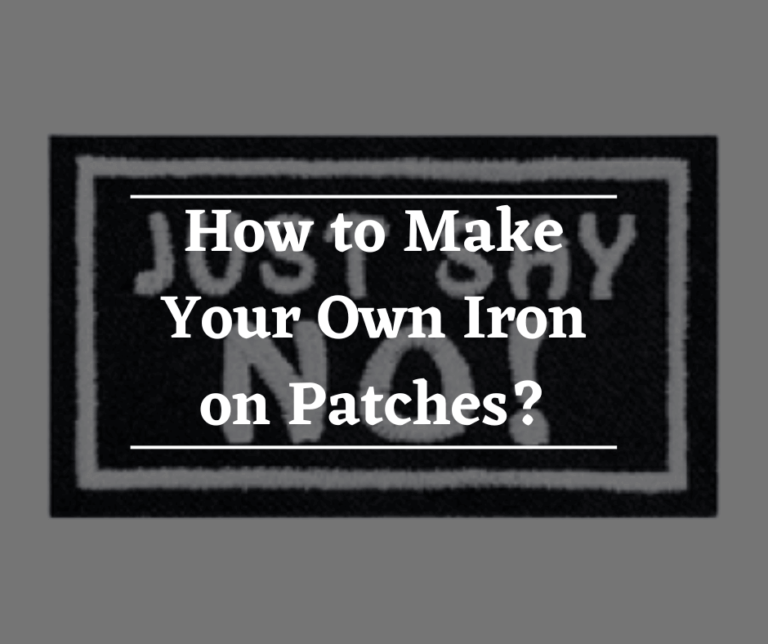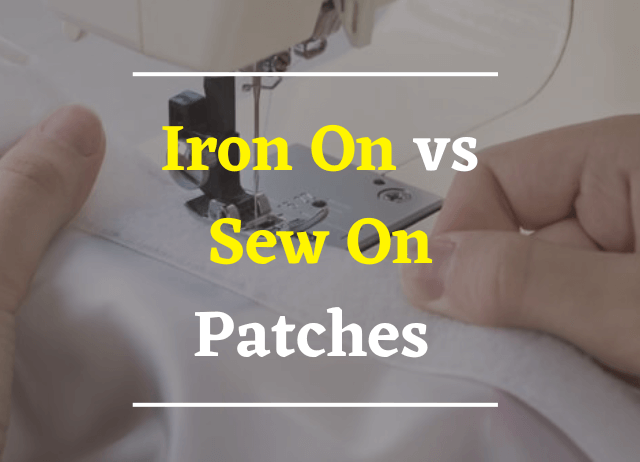Felt Fabric For Patches and How to Design and Make One

Felt is a versatile fabric that lends itself beautifully to creating custom patches. This fabric allows you to design and stitch bold graphic elements that will stand out.
Why Felt Fabric is Perfect for Patches
Here are some key reasons why felt fabric for patches is an excellent choice
Durable and Long-Lasting
As a dense fabric with no grain felt will maintain its shape even with heavy use. The fibers are tightly compressed, giving your patches structure and allowing them to withstand wear and tear.
Comes in Beautiful Colors
Felt fabric is readily available in a colorful rainbow of solid hues. You can select various felt shades to design vivid multi-colored patches. Its opaque quality means layered colors will not bleed together.
Easy to Work With
Because felt has no grain, it can be cut into any shape without tangling. Its non-woven structure also means it holds edges well after cutting. It will adhere easily to various surfaces like garments using glue or basic machine stitching.
Ideal for Layering
The dense yet compressible felt texture lends itself perfectly to the layering technique. You can arrange differently shaped felt pieces on top of one another to build up images. The fabric’s thickness prevents smaller elements from showing through larger overlapping areas.
Personalizes Your Style
With felt, you have full control over the design, colors, and meaning behind your custom patches. You can bring your favorite themes, business, or organization’s story to life through your original felt patch creations.
Gathering Materials For Your Felt Patches
Before starting, take some time to collect the basic materials you’ll need. Having the right supplies on hand makes the crafting process go smoothly.
Fabrics
Felt is a great choice because it comes in various colors and shades. Choosing a variety allows you to create colorful patterns and designs for your patches. You’ll want to pick different felt colors to cut out shapes and layer them on a felt piece that will act as the backing.
Sewing Aids
In addition to various felts you’ll need thread and a needle to sew the felt layers together. Selecting thread shades that complement the felt colors makes the sewing blend in nicely. Fusible webbing is also useful, allowing the felt pieces to stick together without sewing. It is applied to the wrong sides of fabrics to fuse them.
Cutting Tools
Sharp scissors are essential for neatly cutting out the felt shapes. Their strong blades can easily slice through multiple thicknesses of felt.
Getting Creative With Designs
This section focuses on coming up with patch ideas before cutting fabrics. Loose pencil sketches allow exploring concepts risk-free.
Simple Shapes
Basic geometric forms and motifs make for easy designs. Triangles, stars, and hearts fit together seamlessly. Their clear outlines also sew up simply.
Free Drawing
By letting your hand move freely without overthinking, unexpected ideas may emerge on paper. There’s no need to self-critique yet. Creativity thrives when freely exploring initial concepts.
Refine Later
Once satisfied with your sketches, refine the selected design more carefully before cutting it. Study your sketch to finalize or simplify elements as needed.
Cutting and Preparing Your Patch Pieces
Once you’ve finalized a design, the next step is properly cutting out each felt shape. Following a few tips ensures all pieces are accurately cut for flawless assembly later.
Trace Designs Clearly
Use a pencil to lightly trace your finalized sketch onto trace paper. Tracing paper is specially formulated to allow tracings to be easily seen when placed underneath the fabric.
Position Template Atop Felt
Lay the tracing template over the corresponding felt color for each patch element. Position the template on top to see clearly where to slice your scissors along the traced lines.
Follow Lines Precisely
Using the visible traced lines as a guide enables cutting right on the drawn markings for uniform edges. Slice carefully along each traced contour as viewed through the transparent template sheet. This gives pieces accurately duplicated shapes.
Labeling Shapes
It’s wise to note felt colors on each paper template’s back. This way you can keep pieces organized by color for assembling the patch in the right sequential order.
Orderly Cutting
Slice slowly along lines for straight edges on all shapes. Check periodically that tracing sheets stay aligned under the fabric.
Layering Up Your Felt Fabric Patch Design
Now that you’ve cut out all the felt shapes, it’s time to build up your design by layering the pieces.
Lay Out Layers
Take all your cut felt shapes and arrange them right sides facing up in the order you want them to appear on the patch. Place the backing piece on the bottom as the bottom layer.
Adhere with Fusible
Remove the paper backing from the pieces of fusible webbing one at a time. Take each piece of felt from the bottom layer up and place a piece of webbing with its sticky side down onto the wrong side of the felt. Use your iron to fuse the webbing in place, making sure to follow the manufacturer’s instructions for heating time and pressure.
Reinforce Edges
Once all your felt pieces are layered and fused together, take a threaded needle and sew around the entire outer edge of the patch design.
Completing the Process
Now that your patch is fully assembled, it’s time for the final steps to attach it.
Choose the Placement
Select where you want the patch to go based on the item’s details and your patch size.
Secure by Hand
Give it a homemade feel by sewing it on. Thread a needle and hand stitch just parts of the edges or all around. Use tiny, hidden stitches that won’t detract from the patch.
Alternative Methods
If sewing isn’t your style, apply fabric glue or iron-on web according to the package for an adhesive option. Then, heat activates the web to bond the patch in place.
Your one-of-a-kind felt fabric patch is now complete to flaunt! Enjoy showing off your handiwork.






